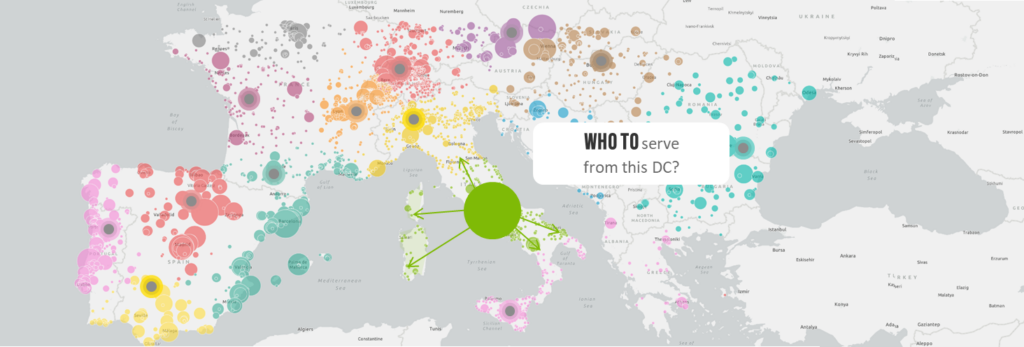Once you reach a higher transported volume through your network, you need to start planning your distribution. The efficiency and resilience of your distribution can make or break your bottom line and either support your business’s growth or stand in its way.
VERITICO FLOW allows you to perform complex simulations on a scale to verify the proposed solution’s suitability and evaluate it against specified KPIs. After you create a model of your current distribution network, simulating new scenarios takes only a margin of additional time, allowing you to search through many possibilities until you identify the best one.
VERITICO FLOW is a powerful engine that allows you to simulate a network of any configuration, but a higher demand for user inputs accompanies this flexibility. In addition to the underlying core software, we offer a customized interface and optimizer, allowing you to model and find the best strategy for your needs easily.









